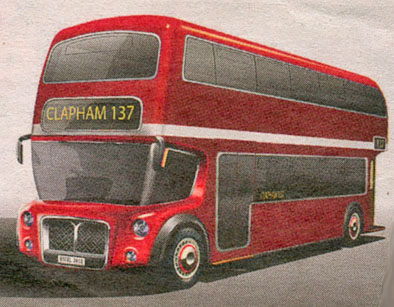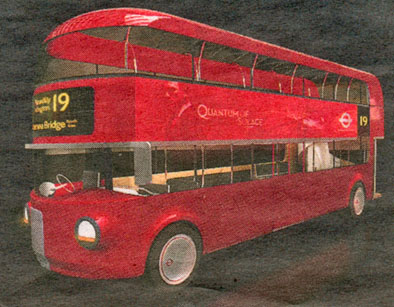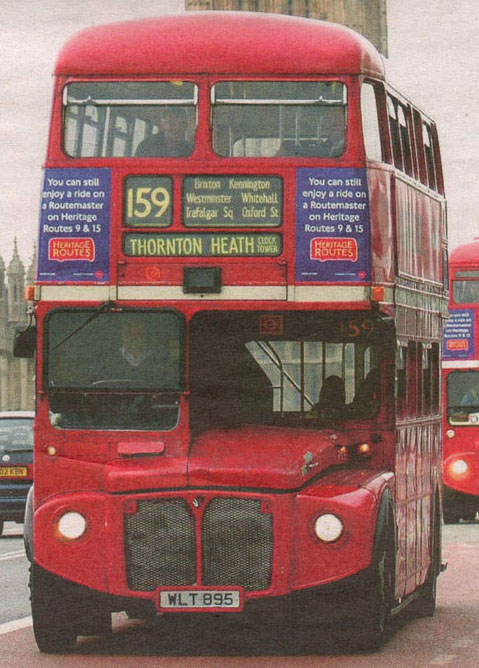
Capoco Design

Aston Martin and Lord Foster Design

The Routemaster
The Routemaster was introduced by the Associated Equipment Company in 1954 and produced until 1968. Mr Livingstone phased it out amid concerns that it had poor accessibility and the open rear was unsafe. Mr Johnson made the return of the Routemaster, and the phasing out of the bendy buses, introduced by Mr Livingstone, a major plank of his mayoral campaign in the spring.
You wait ages for a new Routemaster to turn up
- then two come along at once
THERE WILL be low-emission hybrid engines, wooden floors, and the return of the conductor. Curves and open doorways will be prominent again, and full wheelchair access will arrive on double-decker buses for the first time.
That, at least, is the message of the winning designs for the much-heralded return of the Routemaster. London's iconic bus, taken out of service by former mayor Ken Livingstone, will take to the streets of the capital once more albeit in a shiny new 21st-century form.
The Mayor of London, Boris Johnson, took a step toward fulfilling a key manifesto pledge yesterday by unveiling the winning designs for the next generation of the bus. Two designs shared the award - a streamlined version by architect Lord Foster and Aston Martin, and a model closer to the original 1950s design by engineering firm Capoco.
Lord Foster's design has several distinctive features. Judges approved of the nod to heritage with its wooden floors and curved front and rear. Solar panels on the roof will generate electricity for use by the hybrid engine and moving LED screens will show adverts. Most striking of all is the wireless headset that will connect driver to conductor - a modern version of the wire, pulley and bell system of old.
Meanwhile, the Capoco model has a separate wheelchair access door countering Mr Livingstone's claim that Routemasters discriminated against disabled passengers - and was praised by judges for its lightweight structure, hybrid engine, and eco credentials. The bus would seat 66 passengers with room for 14 standing, compared with 72 seats and room for five standing on the old Routemaster.
Both designs, which were among more than 700 received from amateurs and professionals, will be passed on to the eventual manufacturers when contracts for building the vehicles are handed out next year. The manufacturers will include the best elements from both winning designs when they create the new Routemasters.
Mr Johnson and Transport for London (TtL) hope to have the new buses in service by 2011. The Mayor originally said that the new Routemaster would cost £8m to run with conductors, but was later forced to admit the true cost is closer to £lOOm.
Sam Mullins, director of the London Transport Museum, said: "The original 1950s Routemaster combined traditional styling with the latest design engineering. It was everybody's image of what a red London double-decker bus should be and came to symbolise the city throughout the world. The winning designs here work in just the same way - part retro, part hi-tech, and with a distinctive look which immediately says London."